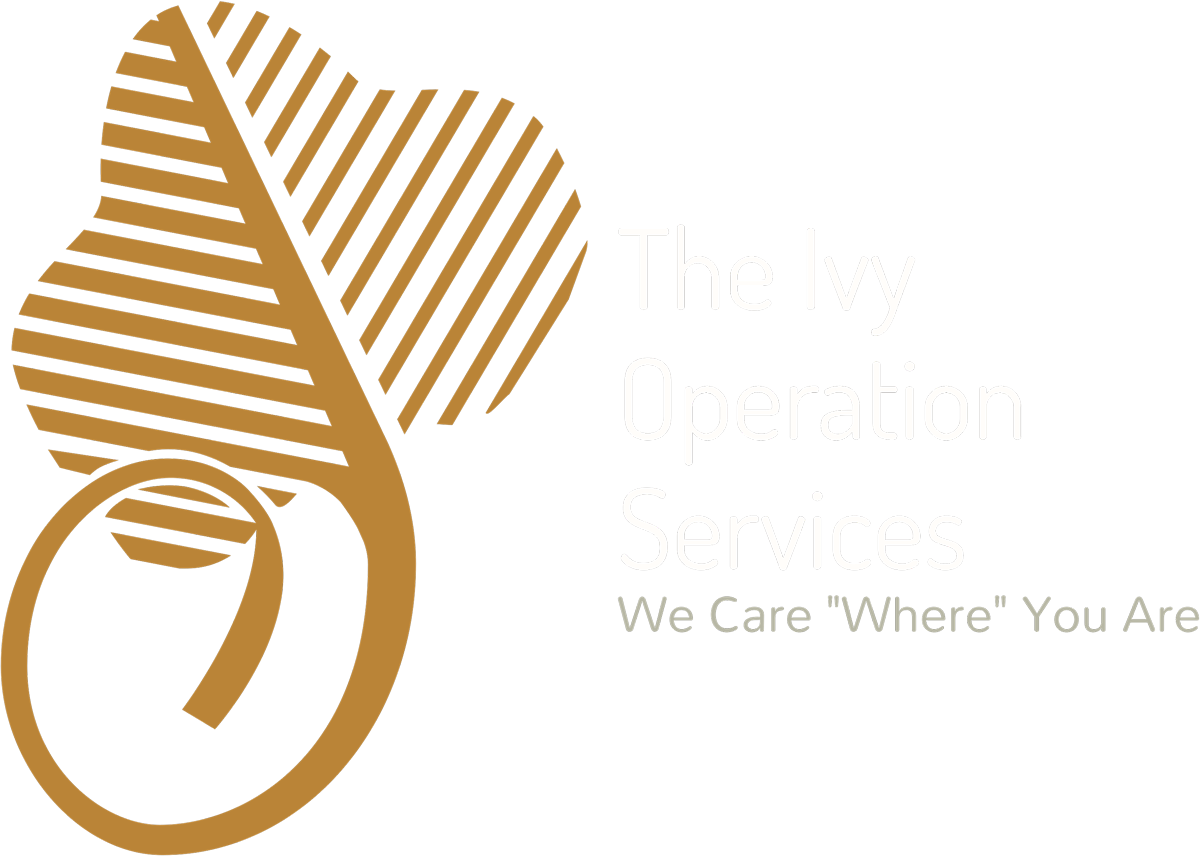How Remote Patient Monitoring Reduces Hospital Readmissions
Hospital readmissions are a serious concern for providers, patients, and payers. They often signal that something was missed. An opportunity to intervene. A follow-up that never happened. Symptoms that went unnoticed until they became urgent.
Remote Patient Monitoring, or RPM, helps address this breakdown. By tracking patient data in real time, providers can respond early, adjust care plans quickly, and reduce the chances of a return to the hospital.
At Ivy Operation Services, we have seen this work firsthand. Clients using the IOS-MoS™ platform have reported a thirty-eight percent reduction in hospitalizations among enrolled patients.
Why Patients Return to the Hospital
Patients living with chronic conditions often face complicated instructions, multiple medications, and changes to their daily routines. After discharge, communication is often limited unless something goes wrong.
Common reasons for readmission include:
- Worsening blood pressure or glucose levels
- Missed follow-up appointments
- Confusion about new medications
- Delayed response to symptoms
- Unreported side effects or complications
Most of these problems are preventable when providers can monitor patient progress and step in before a condition worsens.
What RPM Does Differently
RPM connects patients to their care teams through simple devices that collect vital signs every day. That data is sent automatically to a secure platform where trained professionals can view readings, review patterns, and respond when needed.
With IOS-MoS™, providers can:
- Track daily readings like blood pressure, glucose, and weight
- Receive automated alerts for out-of-range values
- Contact patients directly when issues arise
- Review data during monthly care plan updates
- Create documentation that meets CMS billing requirements
The goal is early action, not reaction.

What RPM Does Differently
This is not theory. These are proven outcomes from real providers using structured monitoring:
- Thirty-eight percent fewer hospitalizations
- Eighty percent improvement in patient adherence
- Eight thousand dollars in annual savings per chronic care patient
The difference comes from consistency. Our system blends people, process, and technology in a way that improves care without increasing workload.
Better Outcomes Start with Better Oversight
Remote Patient Monitoring is not just a tool. It is a way to stay connected to patients between visits and to make decisions based on real data, not guesswork. The right structure, staffing, and support can make the difference between a recovered patient and a preventable readmission.
To learn how RPM can work for your organization, contact Ivy Operation Services at 832-532-9790 or email info@ivyoperationservices.com.
SHARE THIS POST:
RELATED POST:
